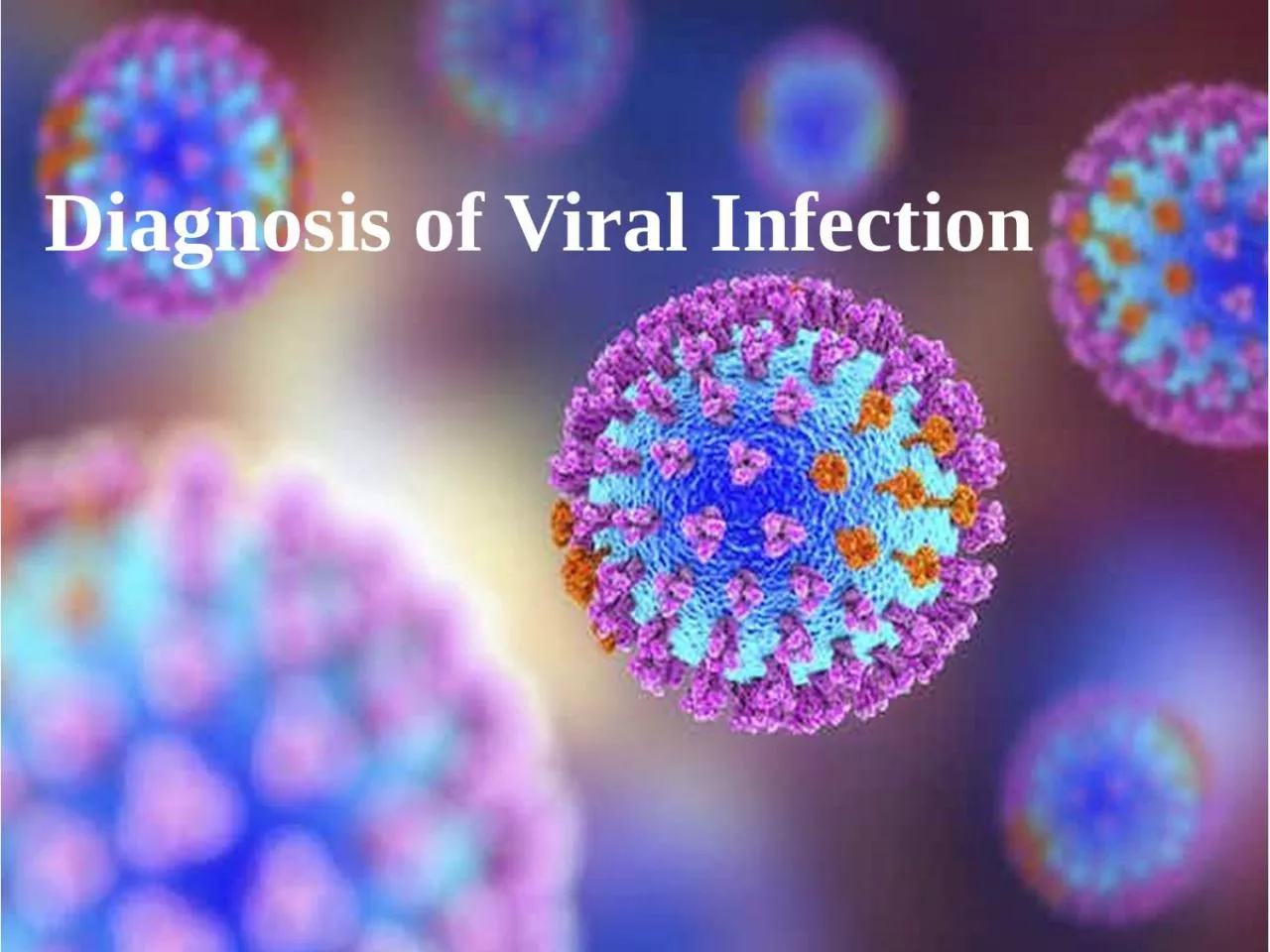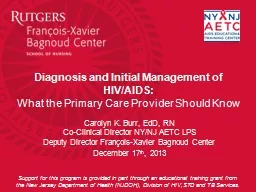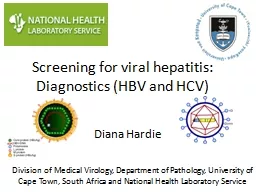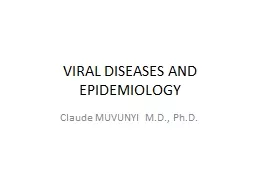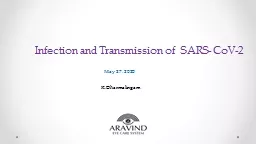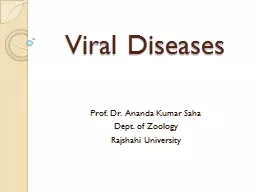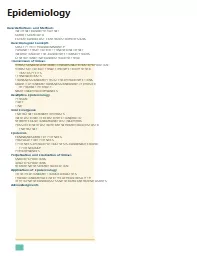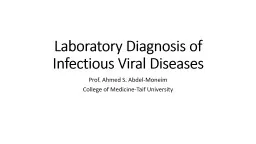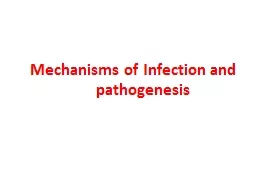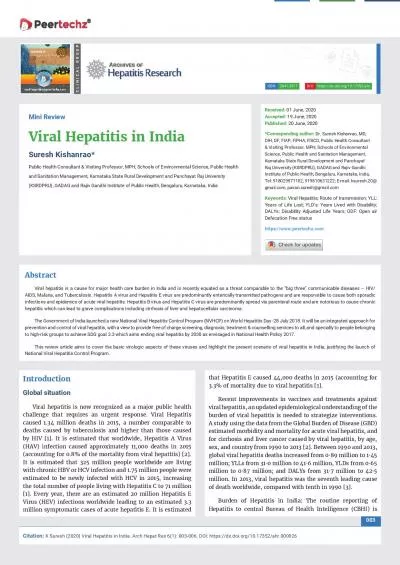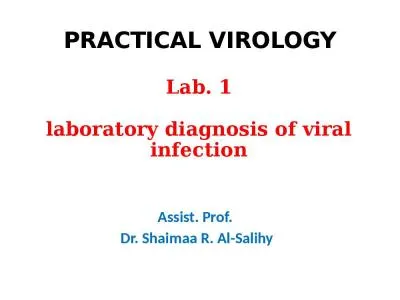PPT-Diagnosis of Viral Infection
Author : Princecharming | Published Date : 2022-08-03
High efficiency particular air Equine encephalitis viruses HIV and skin infection BSL4 Biosafety level 4 BSL4 is the highest level of biosafety precautions and
Presentation Embed Code
Download Presentation
Download Presentation The PPT/PDF document "Diagnosis of Viral Infection" is the property of its rightful owner. Permission is granted to download and print the materials on this website for personal, non-commercial use only, and to display it on your personal computer provided you do not modify the materials and that you retain all copyright notices contained in the materials. By downloading content from our website, you accept the terms of this agreement.
Diagnosis of Viral Infection: Transcript
Download Rules Of Document
"Diagnosis of Viral Infection"The content belongs to its owner. You may download and print it for personal use, without modification, and keep all copyright notices. By downloading, you agree to these terms.
Related Documents

